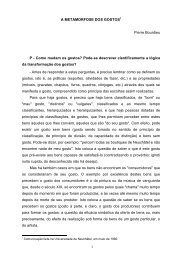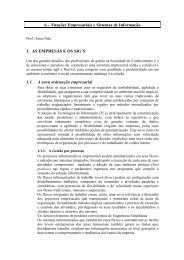You also want an ePaper? Increase the reach of your titles
YUMPU automatically turns print PDFs into web optimized ePapers that Google loves.
IPSEC<br />
IPsec is a suite of protocols for securing network connections, but the details<br />
and many variations quickly become overwhelming. This is particularly the case<br />
when trying to interoperate between disparate systems, causing more than one<br />
engineer to just mindlessly turn the knobs when attempting to bring up a new<br />
connection.<br />
One of the first things that one notices when trying to set up IPsec is that there<br />
are so many knobs and settings: even a pair of entirely standards-conforming<br />
implementations sports a bewildering number of ways to impede a successful<br />
connection. It's just an astonishingly-complex suite of protocols.<br />
One cause of the complexity is that IPsec provides mechanism, not policy: rather<br />
than define such-and-such encryption algorithm or a certain authentication<br />
function, it provides a framework that allows an implementation to provide<br />
nearly anything that both ends agree upon.<br />
In this section, we'll touch on some of the items in the form of a glossary, with a<br />
compare-and-contrast to show which terms relate to which other terms. This is<br />
not even remotely complete.<br />
AH versus ESP<br />
"Authentication Header" (AH) and "Encapsulating Security Payload" (ESP)<br />
are the two main wire-level protocols used by IPsec, and they authenticate<br />
(AH) and encrypt+authenticate (ESP) the data flowing over that connection.<br />
They are typically used independently, though it's possible (but uncommon)<br />
to use them both together.<br />
Tunnel mode versus Transport mode<br />
Transport Mode provides a secure connection between two endpoints as it<br />
encapsulates IP's payload, while Tunnel Mode encapsulates the entire IP<br />
packet to provide a virtual "secure hop" between two gateways. The latter is<br />
used to form a traditional , where the tunnel generally creates a secure<br />
tunnel across an untrusted Internet.<br />
MD5 versus versus versus versus versus blah blah blah<br />
Setting up an IPsec connection involves all kinds of crypto choices, but this<br />
is simplified substantially by the fact that any given connection can use at<br />
most two or (rarely) three at a time.<br />
Authentication calculates an Integrity Check Value (ICV) over the packet's<br />
contents, and it's usually built on top of a cryptographic hash such as MD5<br />
or SHA-1. It incorporates a secret key known to both ends, and this allows<br />
the recipient to compute the ICV in the same way. If the recipient gets the<br />
same value, the sender has effectively authenticated itself (relying on the<br />
property that cryptographic hashes can't practically be reversed). AH<br />
always provides authentication, and ESP does so optionally.<br />
Encryption uses a secret key to encrypt the data before transmission, and<br />
this hides the actual contents of the packet from eavesdroppers. There are













![Plano de Contabilidade Social 2013[1].pdf - FESP](https://img.yumpu.com/40657716/1/184x260/plano-de-contabilidade-social-20131pdf-fesp.jpg?quality=85)



